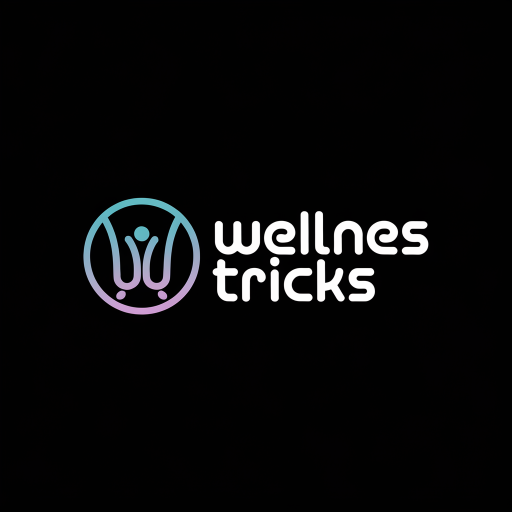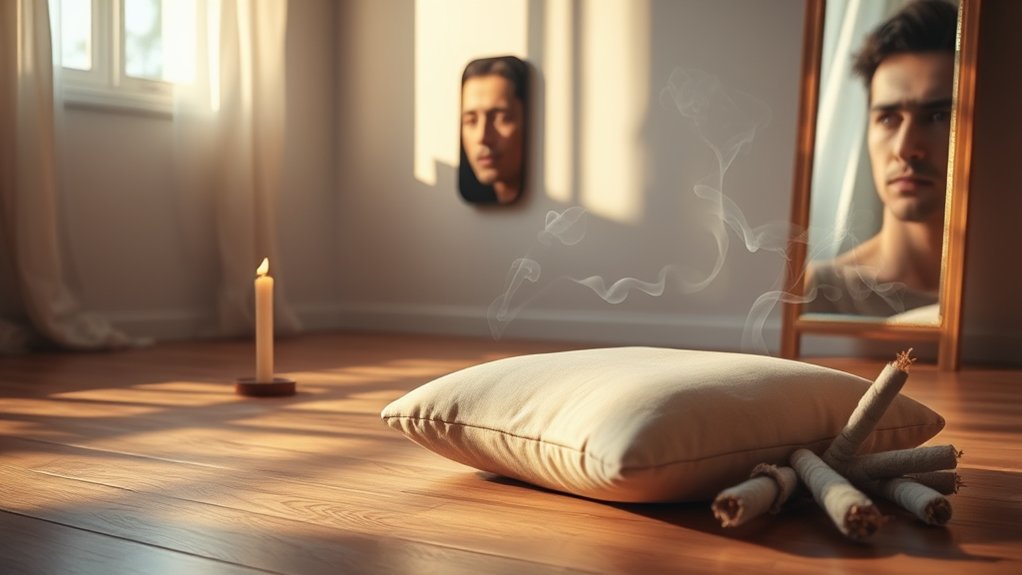The Surprising Reason You’re Still Anxious Even After Meditation
Meditation brings calm, yet you still feel anxious afterward. It’s a common paradox many face. While meditation encourages mindfulness, it can also unearth suppressed feelings and unresolved emotions. This can lead to unexpected anxiety, leaving you questioning the effectiveness of your practice. Understanding why this happens is crucial, as it highlights the importance of addressing deeper emotional issues alongside your meditation routine. What’s the missing piece in your journey to true serenity?
Understanding the Limits of Meditation
While meditation can be a powerful tool for relaxation and self-discovery, it’s important to recognize its limitations. You might find that after meditation, anxiety doesn’t always dissipate as expected. The truth is, meditation isn’t a cure-all; it can help you observe your thoughts but doesn’t necessarily resolve underlying issues causing your anxiety. By practicing mindfulness, you learn to acknowledge feelings, but this alone won’t address deeper emotional concerns.
Understanding meditation’s role in your mental health is crucial. It’s just one piece of the puzzle; don’t hesitate to seek additional support for more comprehensive healing. Additionally, recognizing the hidden causes of meditation anxiety can be instrumental in understanding why your anxiety persists.
The Role of Unaddressed Emotions
When you meditate, it’s possible for hidden emotional triggers to surface, revealing feelings you’ve kept buried.
These suppressed emotions can manifest unexpectedly, causing discomfort and even anxiety.
Addressing past trauma during your practice may help you process these feelings and foster a healthier emotional state. Additionally, incorporating transformative changes in your daily habits can further support your journey towards anxiety relief.
Hidden Emotional Triggers
Have you ever noticed unexpected feelings of anxiety emerging after a meditation session? This can often stem from hidden emotional triggers lying beneath the surface.
While meditation creates space for introspection, it can also bring unacknowledged feelings to light. Perhaps memories, past experiences, or unresolved conflicts bubble up, creating discomfort and anxiety you didn’t anticipate.
It’s essential to recognize that these triggers aren’t just distractions; they’re messages from your emotional self, signaling a need for acknowledgment.
Suppressed Feelings Manifest
Although you might approach meditation with the intention of finding peace, unaddressed emotions can unexpectedly surface during your practice. When you sit in silence, these feelings may rise, demanding your attention. It’s essential to recognize that these suppressed emotions aren’t bad—instead, they’re valuable signals that something needs healing.
| Unaddressed Emotions | Possible Manifestations |
|---|---|
| Anger | Irritability |
| Sadness | Crying spells |
| Fear | Persistent anxiety |
| Frustration | Restlessness |
Understanding these emotions can help you navigate your anxiety, fostering genuine healing through your meditation journey.
Addressing Past Trauma
As you delve into meditation, you might find that unaddressed emotions can trigger memories of past trauma, unveiling layers of hurt that need attention.
It’s not uncommon for these resurfacing feelings to create anxiety, as they often relate to unresolved issues. Instead of pushing them away, acknowledge their presence. Engaging in emotional exploration can help you understand their root causes.
Consider seeking professional support to navigate these feelings safely. By addressing past trauma head-on, you can start to heal and lessen the grip anxiety has on your life, ultimately leading to a more profound sense of peace in your meditative practice.
The Impact of External Stressors
While meditation is often seen as a refuge from life’s pressures, external stressors can still permeate this space, impacting your experience and emotional state.
Whether it’s work deadlines, relationship challenges, or financial concerns, these distractions can overshadow your practice. You might find it hard to focus, as your mind wanders to unresolved issues.
Additionally, the environment around you—noise, technology, or even others’ energy—can disrupt your tranquility. Recognizing these external influences is crucial.
It encourages you to create a more conducive space for meditation, enabling a deeper connection with yourself, and helping to mitigate anxiety even when stressors persist. Incorporating natural anxiety relief techniques can further enhance your overall sense of calm and well-being.
Misconceptions About Meditation
Many people think meditation will provide instant relief, but that isn’t always the case. You might find that using improper techniques or neglecting underlying issues can lead to feelings of anxiety instead of calm.
Let’s explore these misconceptions to better understand how to use meditation effectively.
Expecting Instant Results
Instant gratification often clouds expectations when it comes to meditation, leading many to believe they should immediately feel a profound sense of calm after just one session.
This misconception can be disappointing, as meditation is a practice that unfolds over time. Instead of seeking quick results, it’s essential to embrace the journey. Real benefits often emerge with consistent practice, allowing your mind to gradually shift towards a more peaceful state.
If you’re feeling anxious after meditation, recognize that it’s normal. Acknowledge your feelings, and give yourself the patience to cultivate a deeper sense of tranquility through ongoing commitment.
Improper Technique Usage
When you approach meditation, the techniques you use can significantly impact your experience and outcomes. Many people assume that simply sitting in silence is enough, but this misconception can lead to frustration.
If you’re using the wrong technique or a method that doesn’t resonate with you, it’s likely you won’t achieve the relaxation you seek. Whether it’s focusing on your breath, using guided imagery, or trying mantras, finding the right fit is crucial.
Experiment with different styles and stay patient. Understanding that technique matters can help you cultivate a more effective practice, ultimately easing your anxiety over time.
Ignoring Underlying Issues
Despite your best efforts, ignoring underlying issues can lead to anxiety after meditation.
It’s easy to think meditation alone can resolve your challenges. However, when you neglect deep-rooted emotions or unresolved conflicts, those issues persist and may surface during reflective practices.
Instead of fostering peace, meditation might amplify your awareness of these unaddressed concerns. To truly benefit, consider using meditation as a tool for self-discovery, engaging with your feelings, and exploring their origins.
Acknowledging these underlying issues can create space for healing, ultimately allowing meditation to become a genuinely calming experience rather than a trigger for anxiety.
The Need for Holistic Approaches
While meditation can often provide a sense of calm, it can also lead to unexpected feelings of anxiety for some individuals. To address this, you might consider a holistic approach that encompasses various aspects of well-being:
| Component | Benefits | Practices |
|---|---|---|
| Mindfulness | Increases present focus | Breathwork |
| Exercise | Reduces stress hormone | Yoga, walking |
| Nutrition | Stabilizes mood | Balanced diet |
| Sleep Hygiene | Enhances mental clarity | Regular sleep schedule |
| Social Support | Promotes connection | Building relationships |
Embracing multiple strategies can nurture your overall mental health effectively. Additionally, incorporating meditation can also enhance skin health, contributing to your holistic wellness journey.
Recognizing Patterns of Mental Habits
Recognizing patterns of mental habits can be crucial in managing anxiety that may arise after meditation. You might find yourself spiraling into negative thoughts or replaying past events, which creates distress.
By observing these patterns, you can identify triggers that lead to anxiety. Consider keeping a journal to track your thoughts and emotions post-meditation; this awareness empowers you to shift your mindset.
When you notice these habits, you can challenge them, replacing anxiety with more constructive thoughts. One effective way to do this is through mindfulness techniques, which can help ground you in the present moment. Remember, it’s a gradual process, and patience with yourself can foster genuine growth and calmness in your daily life.

